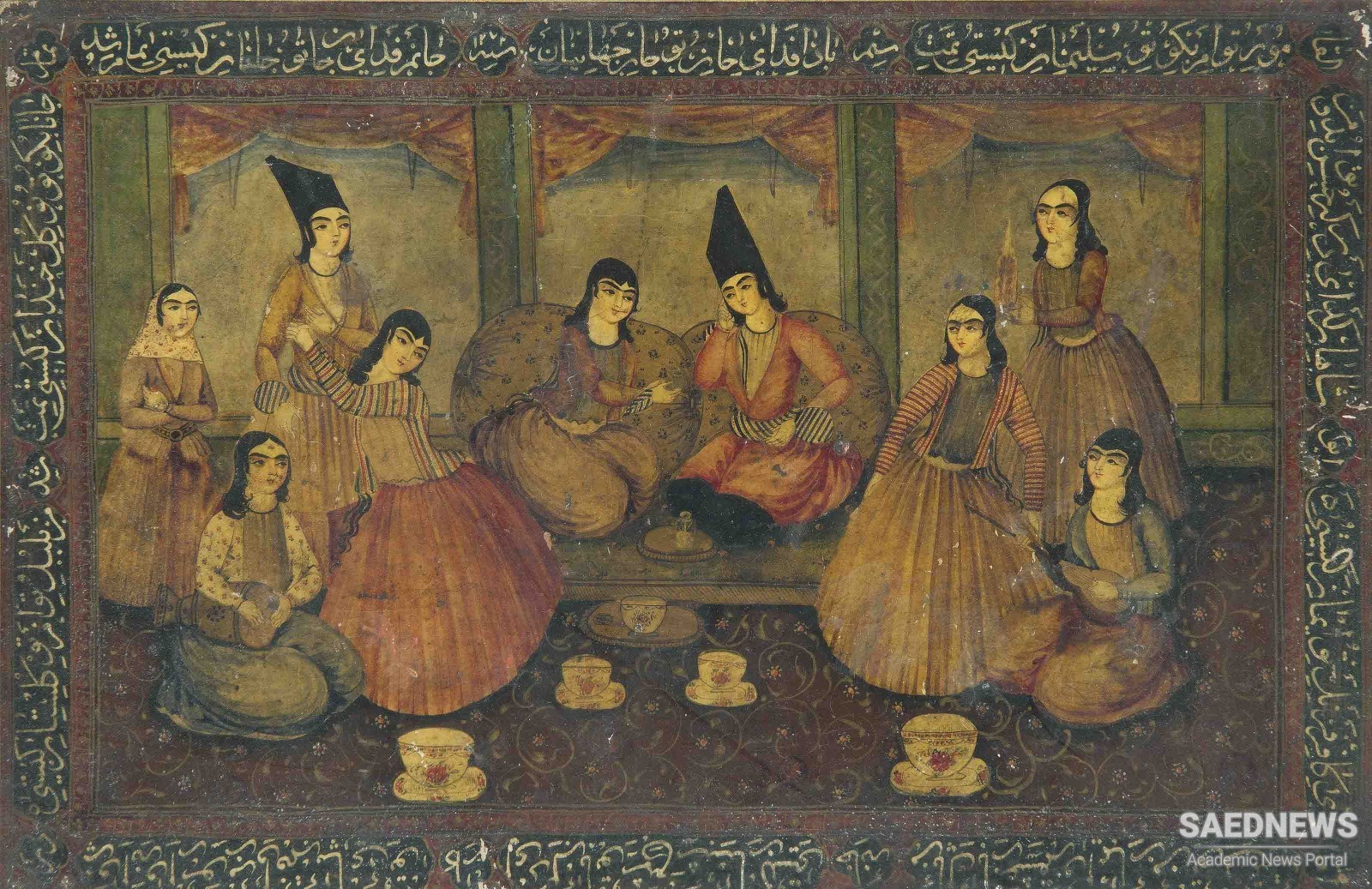The classical music of Persia is referred to in various ways : musiqi-ye asil (noble music), the music of the radif (the repertory of traditional melodies), or simply dastgah music. It is played either by a solo instrumentalist or, more typically, by an ensemble consisting of singer, instrumentalist, and drummer. When performed by a soloist, Persian art music is monophonie, although chords are used occasionally for decorative purposes, and in some forms there may be a pedal note sounded throughout the piece. Music played by an ensemble is heterophonic—that is, the melody presented by the singer is echoed and varied slightly by the instrumentalist—but again, there is no real harmonic or contrapuntal accompaniment. Classical Persian music is improvised, the musician being at once performer and composer. Hence, each performance of the same dastgah, even by the same performer, is expected to be different. In performances where the player is before a small group of friends, the improvisation is partially controlled by glances and verbal suggestions between the performer and his audience. Because of this subtle communication the mood of the listeners determines the character and often the form of the player's improvisation.The repertory of classical Persian music is organized into seven dastgah and five auxiliary dastgah called naghmeh (melody). Each dastgah contains from ten to thirty melodies known as gusheh. These gusheh-ha have been handed down orally for what is claimed to be many centuries; but although according to Persian speculation, some are of genuinely medieval origin, most are more recent. Within the past fifty years, these traditional melodies have been transcribed in Western staff notation, and there now exists a written collection of approximately two hundred fifty gusheh in the twelve dastgah. This repertory of melodies, which forms the basis of classical Persian music, is known as the radif (row). Several transcriptions of the radif have been published, enabling today's student to learn the body of traditional Persian music from printed instruction manuals (Source: Classical Persian Music, Ella Zonis).

















































